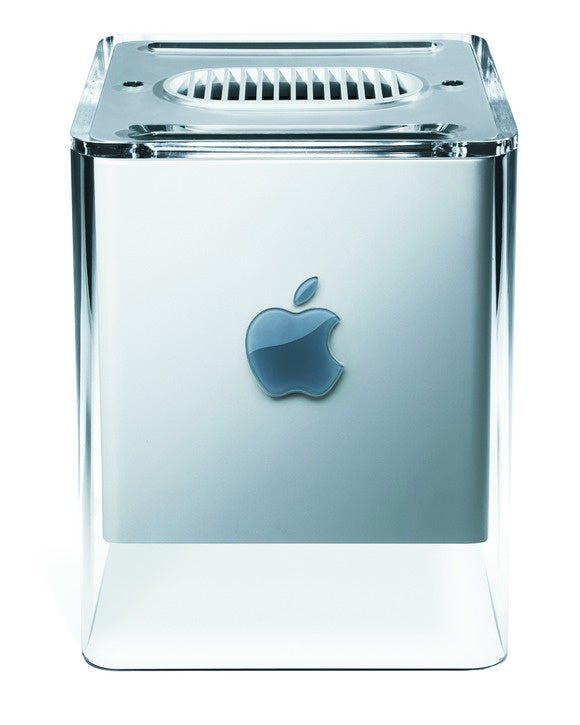Skip to content
The Sente Playbook

The Sente Playbook
 Innovating for the Power... and the Sex
Innovating for the Power... and the Sex

Shashi Kara
3/24/2019

PowerBook G4 Titanium (TiBook)

Want to print your doc?
This is not the way.
This is not the way.

Try clicking the ⋯ next to your doc name or using a keyboard shortcut (
CtrlP
) instead.